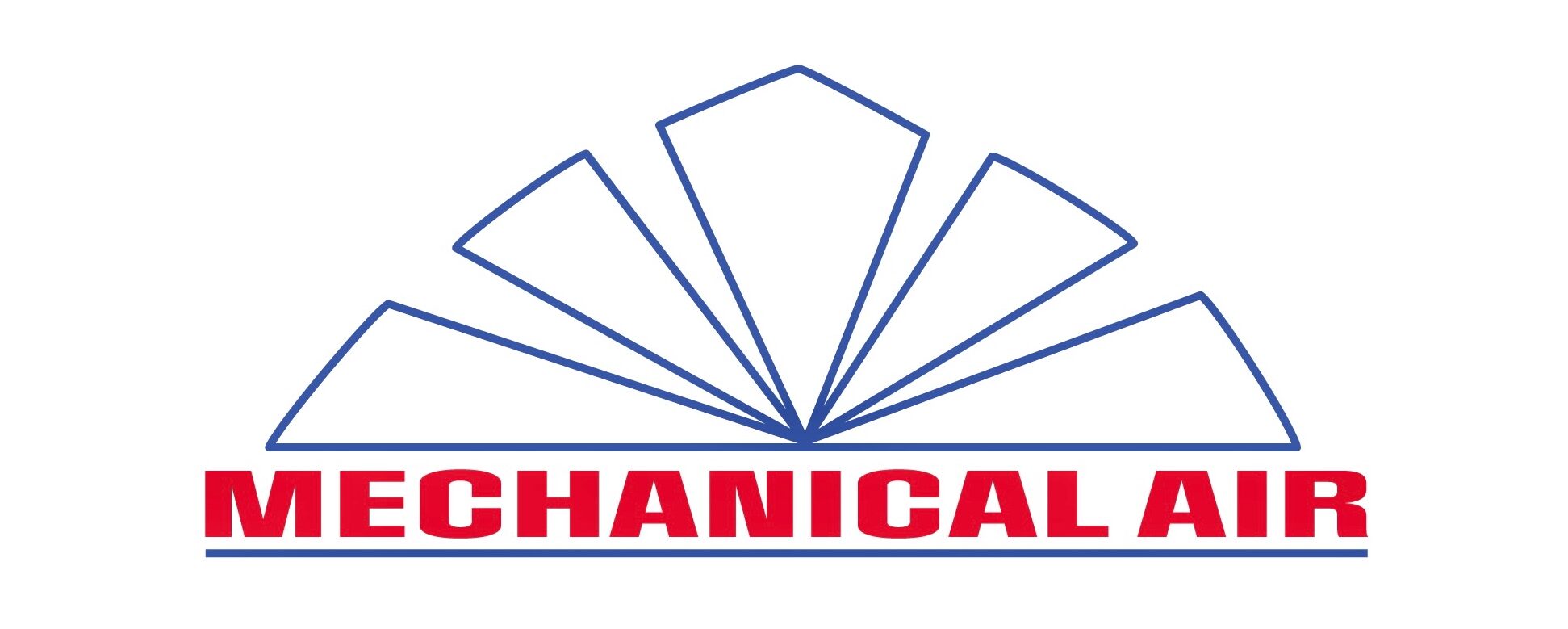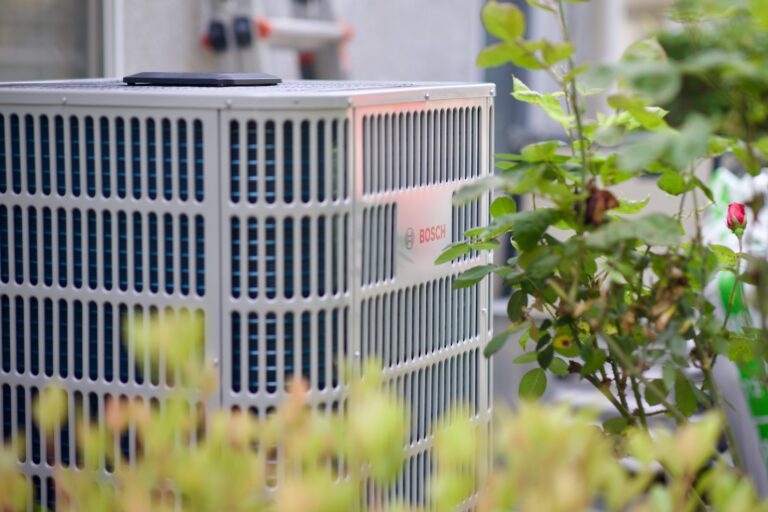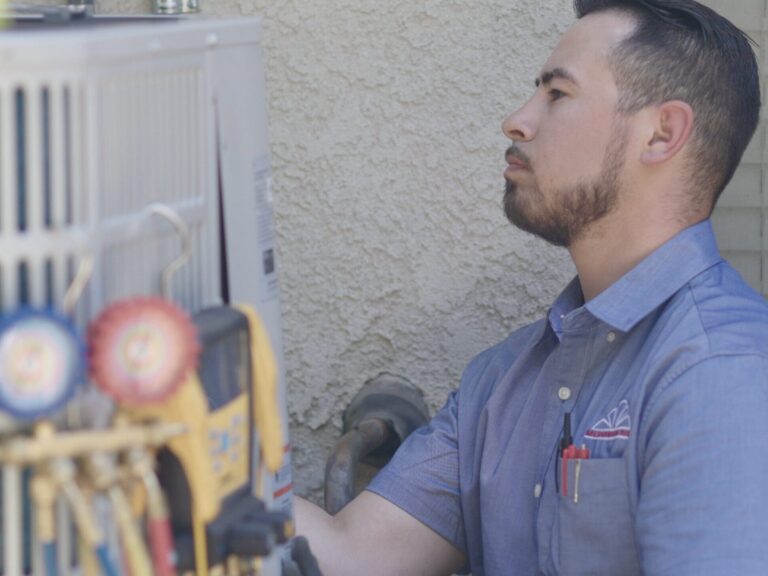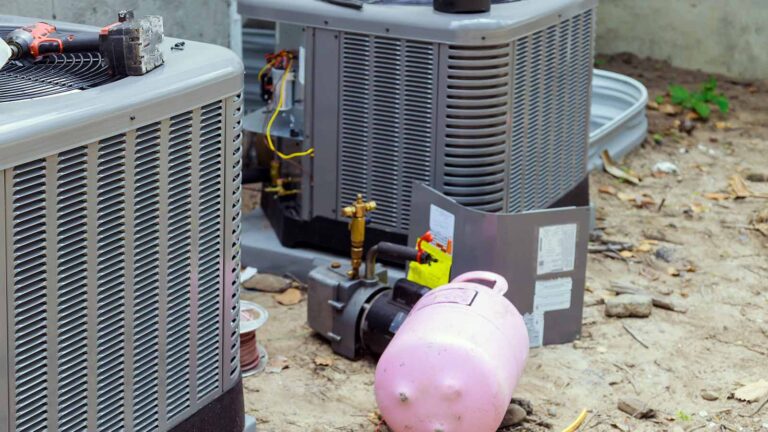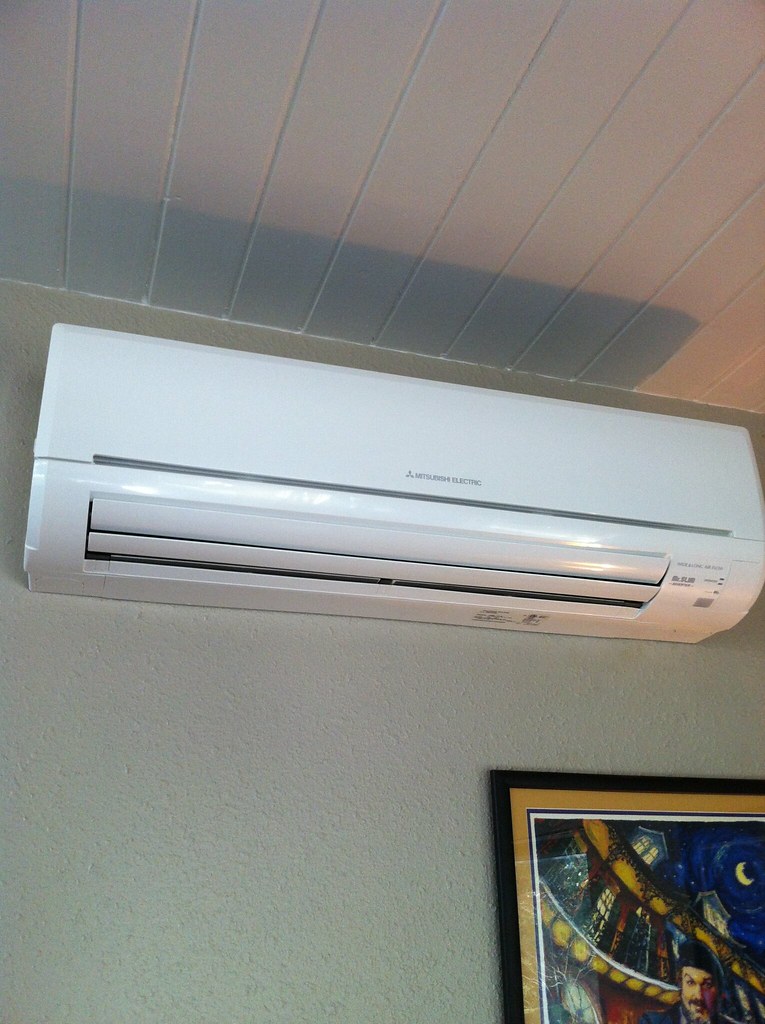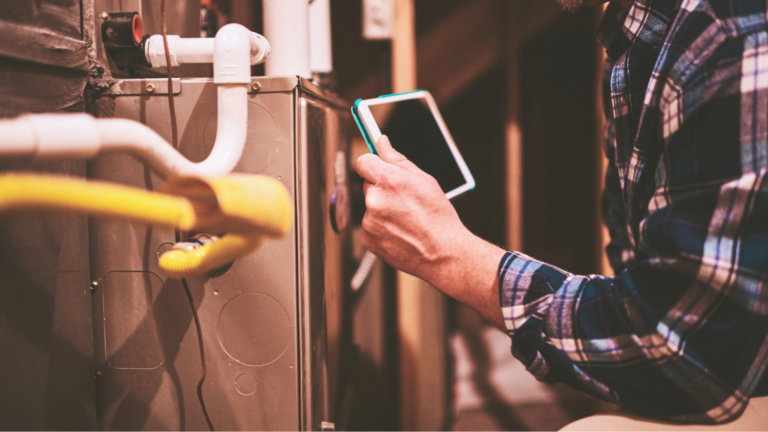Air balancing is essential for ensuring your air conditioning and heating system works efficiently. As a homeowner, you need proper air circulation throughout your home to achieve this. Air balancing involves adjusting and testing the HVAC system to ensure the right amount of hot or cold air reaches every room. In this blog post, we will discuss 15 ways to avoid hot and cold spots in your home using air balancing.
Have a Professional Perform Air Balancing
The best way to ensure proper air balancing is to hire a professional HVAC technician. Air balancing involves measuring and adjusting airflow to achieve optimal comfort and efficiency. Professionals have the expertise and equipment needed to ensure that every room receives the right amount of hot or cold air. Hiring a professional helps you avoid hot or cold spots and reduces energy waste, ensuring your HVAC system performs at its best.
Regularly Change Your Air Filters
Changing air filters regularly is crucial for maintaining proper airflow. When filters clog with dust and debris, your system works harder, reducing efficiency and causing uneven temperatures. Change filters at least every three months, or more often if you have pets or allergies. This simple step keeps your HVAC system running smoothly and distributes air evenly, enhancing comfort and reducing energy costs.
Clean Your Air Vents
Dust and debris can accumulate in air vents, restricting airflow and causing uneven temperatures. Clean vents regularly to maintain proper air circulation. This not only prevents blockages but also improves indoor air quality by reducing dust. Keeping vents clean ensures that conditioned air reaches every room effectively, contributing to overall comfort.
Inspect Your Ductwork
Leaking, disconnected, or blocked ductwork can impact HVAC performance, causing hot and cold spots. Inspect ductwork periodically to check for leaks or obstructions. If issues arise, consider hiring a professional to repair or seal the ducts. Properly maintained ductwork delivers conditioned air efficiently, maintaining consistent temperatures and reducing energy waste.
Properly Size Your HVAC System
The size of your HVAC system is crucial for maintaining even temperatures. A system that is too small will struggle, while one that is too large will cycle on and off frequently, causing imbalances and wear. Have a professional evaluate your home’s heating and cooling needs and recommend the right-sized system. Proper sizing ensures efficient performance, consistent temperatures, and reduced energy use.
Insulate Your Attic
Attic temperature affects your home’s overall temperature, making proper insulation vital. Poorly insulated attics allow heat to enter in summer and escape in winter, causing imbalances and higher energy bills. Adding or upgrading attic insulation helps maintain stable indoor temperature and reduces the workload on your HVAC system, resulting in more even heating and cooling.
Use Windows and Doors Properly
Proper use of windows and doors helps maintain balanced temperatures. During hot summer days, use curtains and drapes to block sunlight and keep rooms cooler. In winter, close doors in unused rooms to concentrate heat where needed. Using windows and doors strategically reduces temperature imbalances and helps your HVAC system work more efficiently.
Keep Heat-Producing Devices Away From Thermostats
Heat-producing devices near thermostats can cause improper temperature readings. The thermostat may sense higher temperatures and adjust the system accordingly, leading to uneven heating or cooling. To avoid this issue, keep heat-producing items away from the thermostat. This simple step ensures accurate temperature control and prevents imbalances.
Install Ceiling Fans
Ceiling fans help circulate air and maintain even temperatures throughout each room. In summer, ceiling fans create a cooling breeze, reducing the need for excessive air conditioning. In winter, running fans in reverse helps distribute warm air from the ceiling. Keeping air moving in the right direction improves comfort and reduces the strain on your HVAC system.
Zone Your HVAC System
Zoning your HVAC system addresses the unique needs of different areas of your home. A zoning system divides your home into separate zones, each with its own thermostat. This allows you to set different temperatures for different areas, ensuring personalized comfort. Zoning is especially useful for larger homes or multi-story buildings with temperature discrepancies. It directs heating or cooling where needed, enhancing efficiency and reducing bills.
Invest in Smart Thermostats
Smart thermostats are a worthwhile investment for improving air balancing and overall comfort. These programmable thermostats learn your daily routine and adjust temperatures accordingly. They help maintain the desired temperature without wasting energy. The ability to control temperatures remotely through your smartphone also adds convenience, allowing real-time adjustments for optimal comfort.
Ensure Proper Return Vents
Proper airflow is critical for HVAC performance, and return vents in every room are essential for this. Return vents help maintain balanced pressure and ensure even air circulation. If rooms lack return vents, they may experience restricted airflow and hot or cold spots. Make sure each room has a return vent, and keep them unobstructed for consistent temperatures.
Increase Insulation Levels
Improving insulation enhances air balancing by maintaining consistent temperatures. Proper insulation prevents heat loss in winter and heat gain in summer. If your home lacks sufficient insulation, consider upgrading it in areas like walls, attics, and crawl spaces. Increased insulation not only improves air circulation but also reduces the HVAC workload, contributing to better efficiency and comfort.
Install Dampers in Air Ducts
Dampers in air ducts help regulate airflow to each room as needed, making them important for air balancing. Adjusting dampers controls the amount of hot or cold air delivered to different areas, ensuring proper conditioning. Dampers are especially useful for addressing discrepancies in multi-story homes or rooms far from the HVAC unit. Using dampers properly helps maintain consistent comfort throughout your home.
Close Fireplace Damper
If you have a fireplace, keep the damper closed when it is not in use. An open damper allows conditioned air to escape, causing temperature imbalances and increased energy consumption. By closing the fireplace damper, you prevent air from escaping and ensure your HVAC system maintains proper temperature control. This simple step helps achieve balanced and efficient heating and cooling.
Achieving proper air balancing is essential for ensuring your HVAC system operates efficiently and maintains consistent comfort throughout your home. By following these strategies—ranging from professional air balancing to regular maintenance and smart thermostat installation—you can eliminate hot and cold spots and reduce energy costs. Don’t wait for discomfort to take action. Contact Mechanical Air today at 559-288-6157 to schedule an air balancing consultation and start enjoying a more comfortable and energy-efficient home.
Follow us on Facebook!
Read our reviews here!
